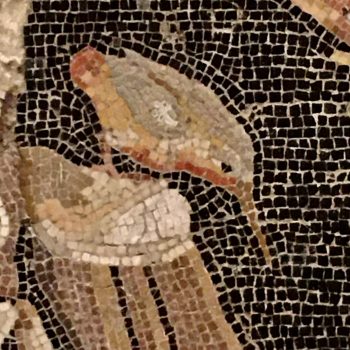Projects
Lyme book condition assessment project
The National Trust’s (NT) library at Lyme contains approximately 1,760 books. As part of a national programme to survey the condition of the NT’s books, a team of volunteers was trained for a day to identify a range of conditions, ranging from torn and lifting covering materials to pollution damage. The work took one year, with 14 volunteers and 3 property staff involved and the data collected was entered into a specially-designed Excel spreadsheet.
Volunteers from the existing conservation team were invited to apply to be part of the book condition assessment project, of which 14 were selected by property staff to form the team. The volunteers signed up to come along each Wednesday, using the online rota system. They worked for up to 5 hours per day, in pairs, one assessing the book and the other entering the data into the Excel spreadsheet on a laptop. I designed the spreadsheet specifically for the national programme, so that as much accurate data as possible could be gathered by people with a minimum of knowledge of the physical nature of books. The catalogued bibliographical data on each book had been entered into the spreadsheet prior to the volunteers entering the condition data. The volunteers only checked that the bibliographical data was accurate and, if not, there was a field in which they could identify anomalies for the libraries curators to resolve at a later date.
The spreadsheet comprised 26 different categories of damage, such as different types of cover and textblock damage needing repair or problems, such as stains, that might not merit intervention. During the training the volunteers were shown books with each type of damage, as well as being provided with handouts to back up the training. Local support was provided by property staff, who had previously been trained in various aspects of book care, as well as attending the condition assessment training and I provided further long-distance support, i.e. queries and images were sent through by email.
Once the data had been entered, which took a year, the spreadsheet was sent to me and I put in the codes denoting the book’s condition, stability and treatment priority, on which conservation priorities and funding are decided for all objects across the NT’s properties, after which the spreadsheet was sent to the Collections Documentation team for entry into the Collections Management System, the central NT database for all the objects in its collection.
The project took 786 volunteer hours and cost approximately £1,700, including training, volunteers’ expenses and buying book tape to tie up books with detached boards.

